Hypothyroidism and Hyperthyroidism Relationship to Blood Pressure
The thyroid has always played a big part in the growth and development of the human body. Without the regulation of the thyroid gland, the body would be out of sync, and the results would be detrimental to someone’s health and wellbeing. Even though the thyroid gland is very small, located just below the Adam’s Apple around the throat, it has a big responsibility. Its functionality helps secrete hormones that influence the temperature of the body, developmental growth, metabolism, and blood pressure.
Blood pressure is helpful in alerting medical personnel of a patients’ risk for hypertension. Hypertension may lead to pain in the chest and back, having a hard time breathing, weakness of the body, numbness, vision difficulties, and trouble speaking. If these symptoms continue to reveal themselves, a heart attack might be on the horizon.
Between the thyroid and blood pressure, they both share connections with one another that may show warning signs to a patient and their doctor.
Hypothyroidism
When the thyroid gland is not working properly, a disease may form called hypothyroidism. This disease affects about two percent of Americans, mainly women. Hypothyroidism occurs when the thyroid is working less efficiently than it should be. Many body functions that used to be working smoothly and succinctly are no longer up to par. As functions slow, the body starts to fatigue easier, dry skin becomes more prevalent, and a person’s memory may begin to fail them. Still, hypothyroidism can only be diagnosed by testing the blood in the body. As hypothyroidism develops in severity, other symptoms may present themselves, like a slower heart rate and a rise from low blood pressure to higher blood pressure.
Normally, the thyroid secretes a hormone called thyroxine or T4. This hormone breaks down into the organs of the body to make triiodothyronine or T3. Both T4 and T3 help keep the organs of the body functioning at their highest levels possible. However, people with undiagnosed thyroid issues or patients on T4 treatments (medications to alter the issues of hypothyroidism) may develop problems with blood pressure over time.
It was previously thought that people with thyroid issues or people on T4 treatments may notice lower blood pressure if they were diagnosed with hypothyroidism. This thought came from reasoning that the body would be pushing blood to the arteries with less force because of the lower metabolism of the ailing thyroid. Also, this would create less blood volume being circulated around the body because of the salt lost.
However, new studies have shown quite the opposite. A study published by the Journal of Hypertension in 2007, shows that tested individuals with hypothyroidism had high rates of pulse pressure and systolic blood pressure over a twenty-four-hour period compared with people not diagnosed with hypothyroidism. In the study, by Kotsis et al, there were two control groups: hypothyroid patients and healthy volunteers. With their twenty-four-hour parameters, they used 100 volunteers (82% of them being women) who had been diagnosed with hypothyroidism. Another 100 volunteers were used as healthy patients not diagnosed with hypothyroidism. Researchers noticed a direct correlation when comparing blood pressure hypothyroid patients and healthy patients.
Their findings, over a 24hour period, showed an increased systolic blood pressure reading of 138.4 (+/ 21.1) for hypothyroidism patients and only 121.3 (+/ 10.3) for healthy patients. An increase was also seen at the diastolic level for hypothyroidism patients at 87.2 (+/ 12.9) and only 77.9 (+/ 6.9) for healthy subjects. The study also monitored the same patients while they were working an 8hour workday. Every 15 minutes, blood pressure readings were taken and similar results were found for the hypothyroid patients and the healthy patients. The systolic reading for hypothyroid patients was similar at 139.2 (+/ 11.1), while the diastolic reading differed at 72.8 (+/ 9.2). For the healthy patients, the systolic reading was 112.3 (+/ 8.8) and the diastolic reading was 71.4 (+/ 5.9). These readings tell the story of how blood pressure is directly linked to hypothyroidism.
Blood pressure can begin to rise for a variety of reasons when the body is dealing with hypothyroidism. There are many examples of what the body does to correct itself when hypothyroidism occurs. If the kidneys no longer filter waste when a person’s blood pressure is low, a chemical called angiotensin is formed, raising the blood pressure in the body. Also, if the body does not react to medication for a T4 deficiency, then the body will naturally raise the blood pressure to combat the issue. The human body will also cut blood to the hands and feet to focus on the body’s core. In turn, this will raise the blood pressure by keeping blood in the smaller vessels of the body. This process constricts vessels in an effort to increase the blood levels when low blood pressure is apparent.
It is a similar reaction when the body is out in the cold and blood levels are constricted in the extremities, making the fingers and toes cold and numb. Because of these symptoms, hypothyroidism is recognized as being a cause of secondary hypertension. Subjects who are diagnosed with hypothyroidism usually have blood pressure values that are elevated, just like people with hypertension. Hypothyroidism has also been thought to be linked with diastolic hypertension. Diastolic blood pressure is the lower number on the blood pressure reading. This numbers shows the amount of pressure blood is pushing up against the walls of the artery every time the heart beats. For example, if a perfect reading is 120/80, then a patient with hypothyroidism may have an elevated diastolic reading and an elevated systolic blood pressure reading, like 140/90.
Hyperthyroidism
When the thyroid gland is overproducing hormones, then the diagnosis is called hyperthyroidism. Symptoms from hyperthyroidism include irregular beats of the heart, trouble sleeping, and weakness. One of the most common reasons hyperthyroidism develops is because of Graves’ disease. This disease is an autoimmune disorder found mainly in women, and has genetic links within a family.
Graves’ disease allows antibodies to secrete too many hormones from the thyroid gland. Hyperthyroidism happens when the thyroid makes an excess of T3 and T4. Not only can hyperthyroidism be caused by Graves’ disease, but it can also occur when from too much iodine in the body (which is in both T3 and T4), thyroiditis (where the thyroid inflames, causing T3 and T4 to secrete from the thyroid), cancerous growths in the testicles / ovaries / thyroid, or taking tetraiodothyronine in a supplement or prescription.
With high amounts of T3 and T4 excreting into the body, this can spike the metabolism rate. This process is called the hypermetabolic state. In this process, a patient may notice the heart rate increasing rapidly, blood pressure that is elevated, and tremors in the hands and feet. Also, the hypermetabolic state may cause the body to sweat profusely, while not being able to tolerate heat. Also, someone diagnosed in a hypermetabolic state may notice more trips to the restroom, rapid loss of weight, and menstrual cycles that are abnormal in women.
In hyperthyroidism, the thyroid gland may begin to swell and the eyes of an individual may begin to stand out, which is a condition of exophthalmos stemming from Graves’ Disease. Other symptoms may include vomiting, a constant hunger, and loss of hair. Talking with your doctor and taking natural supplements may help in this regard.
Also, patients may see a spike in blood pressure that may result from hyperthyroidism. Normally, high blood pressure is specific to systolic hypertension. This means that the top number on blood pressure reading gets higher, but the bottom number stays the same. For example, if a patient had a perfect reading of 120/80 before hyperthyroidism, then it might spike to 140/80 after they have been diagnosed.
Conclusion
When the thyroid gland begins to malfunction in the body, the chances are because of hypothyroidism or hyperthyroidism. But, as research connects hypothyroidism and hyperthyroidism with blood pressure elevation, there is a direct pairing with these issues. With this correlation in mind, doctors can now characterize thyroid gland issues in the body, along with other symptoms that may result. As medical technology continues to develop to greater heights across our world, the thyroid gland and blood pressure will be forever tied to help people with this curable diagnosis.
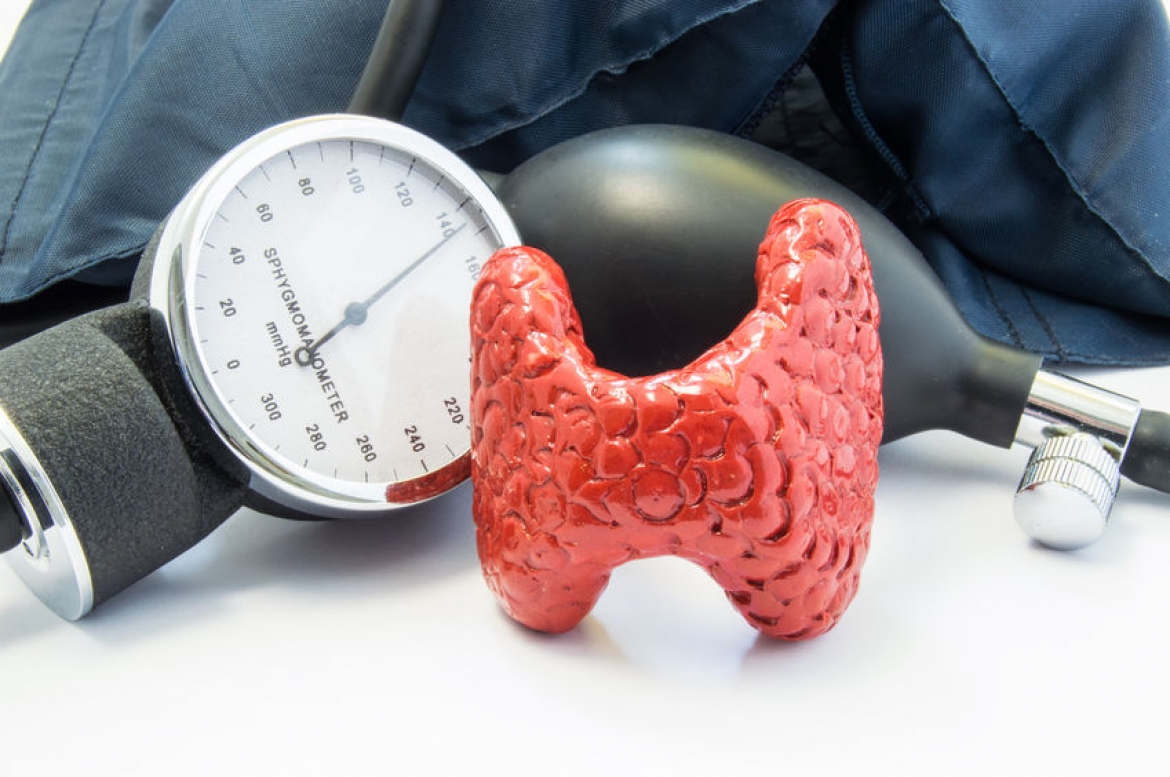


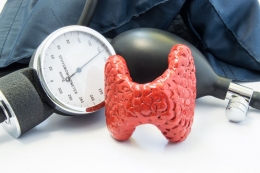
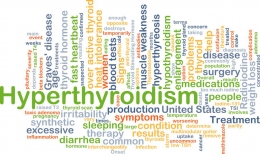
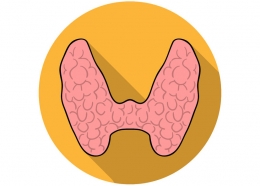

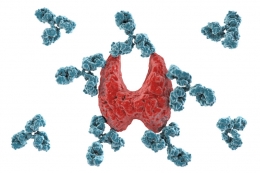


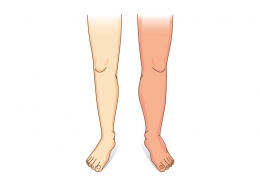
















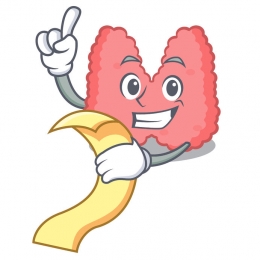




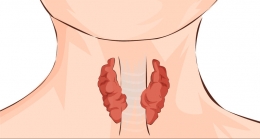
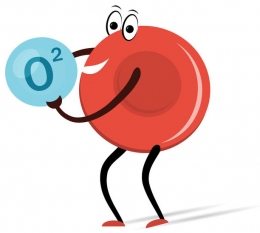


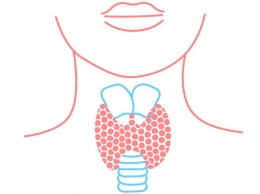











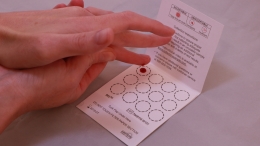



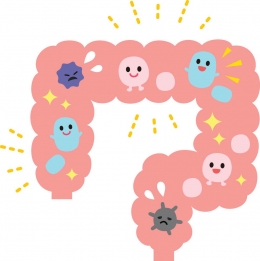




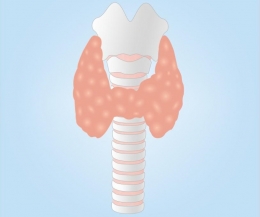
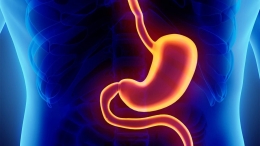







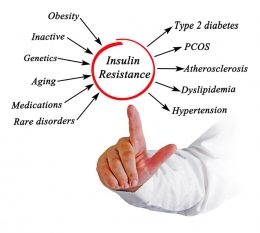
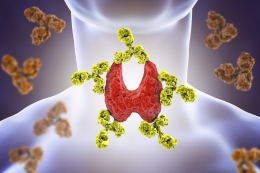

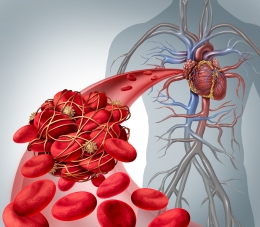
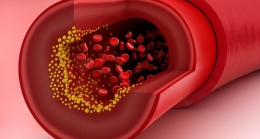


Leave a comment